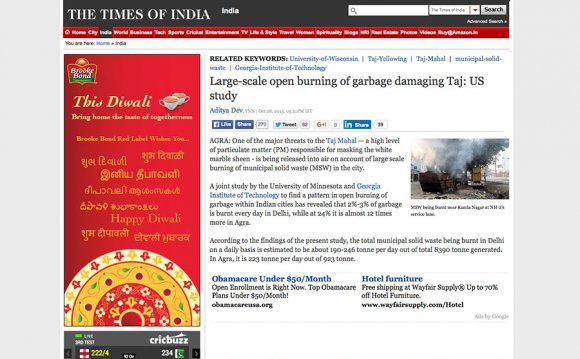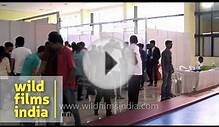|
|
|
|
| Review Article
|
|
Indrani Jadhav, Roshan Vasniwal, Divya Shrivastava and Kapilesh Jadhav |
Azo Dyes are the largest class of aromatic dyes having lots of commercial interest. These dyes are mostly used in textile industries. Dyes used in textile industries such as CI disperse green, CI disperse blue, anthraquinone disperse dyes are very difficult to remove by traditional conventional methods since they are stable to light and oxidizing agents like (hydrogen peroxide and potassium dichromate) and are resistant to aerobic digestion. These dyes are carcinogenic both for animal and human beings. Biological treatment either by bacteria, fungi or consortia of both have been reported to reduce the toxicity of the dye to the permissible limit of discharge to the environment. This present review demonstrated the importance of microorganisms to reduce these azo dyes and protect the environment from the devastating effect of these dyes.
|
|
|
|
|
| Review Article
|
|
M.D. Hossain and A.A. Nuruddin |
Mangrove forests dominate the coastlines of tropical and subtropical climates of the world. Mangroves provide protection in coastal areas from storms and erosion to help create sources of income for human being. Research on mangroves received little focus earlier in the 20th century. The current knowledge on physico-chemical properties of soil, soil nutrition, ecological relationship of soil and vegetation and relationship of soil with species composition and structure of mangrove forests in tropical mangrove environment is reviewed and discussed. Large differences occur between mangrove forests with respect to soil pH, salinity, bulk density, CEC, nutrients, carbon and organic matter contents of the mangrove soils. Recent findings suggest that different soil properties influence the vegetation, species composition and structure of mangrove forests. In recent years, a considerable research results on mangrove soils are available to improve our knowledge, but there are still significant gaps and shortcomings. These are, therefore, emphasized and relevant research directions are needed. This study provides a considerable updated knowledge which will help in exploring links for future research among soil properties, vegetation, species composition and structure of mangrove forests.
|
 |
|
|
|
| Research Article
|
|
S.S. Althoyaib and A. El- Taher |
Radium is naturally occurring radioactive element in the earths crust. Activities of the naturally occurring radionuclides 222Rn, 226Ra and 228Ra were determined in drinking water consumed in Qassim area, Saudi Arabia. Twenty-four drinking water samples were collected from local markets and wells. Radon and radium concentrations were measured using RAD7 and gamma spectrometry preceded by ion exchange chromatography separation. The average concentration values of 222Rn in all samples were lower than 11 Bq L1, the acceptable action levels for radon recommended by the US-Environmental Protection Agency. The average values for 226Ra in bottled, treated and well water were below the recommended level of 226Ra (27 pCi L1), however, the average values for 228Ra in treated and well water were higher than the recommended level of 228Ra (2.7 pCi L1). These recommended levels quoted from Saudi standard for drinking water. Where, when compare with US-EPA, it is observed that, 58% from the investigated samples (14 from 24) exceed 5 pCi L1 recommended by the US-EPA and can do not safe to use in drinking.
|
|
|
|
|
| Research Article
|
|
Sutrasno Kartohardjono, Rexy Darmawan, Muhammad Fatah Karyadi and Nelson Saksono |
|
|









